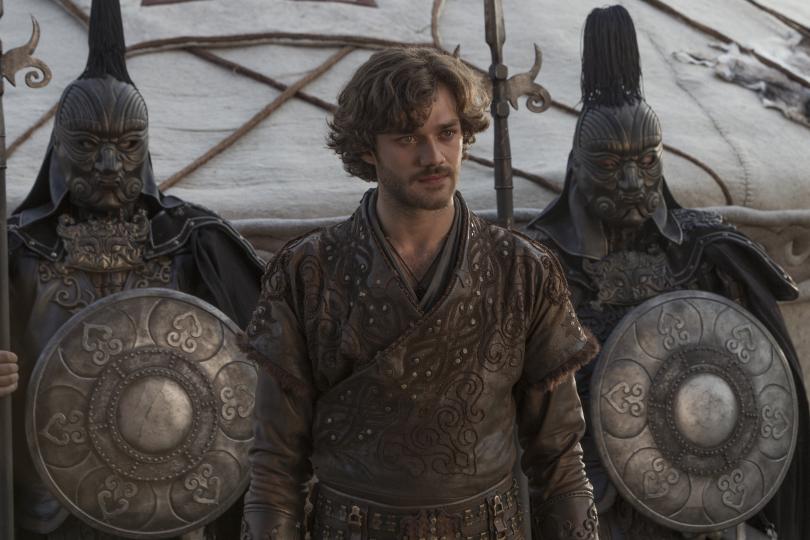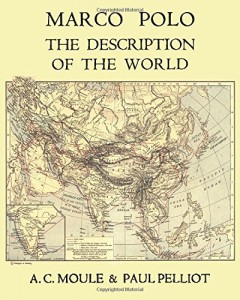Put the question to foremost historian John Man and he will tell you, Yes, it’s entirely possible. And if he was, he had good reason to hide the fact. Man first explored this question when dealing with another: Why the absence of the Marco Polo name from any Chinese or Persian records?
Man turns to an earlier historian, Stephen Haw, to seek a possible answer in an intriguing suggestion made by Haw. That Polo, as a Mongol-speaker employed at a high inner-door level by the Khan, would have been given a Mongol name. And just how inner-door was the Venetian?

We know that he was highly valued by the Khan, employed as an emissary, traveling fact-finder, census-taker, and possible spy. We know he accompanied the Khan into battle versus a certain rival relative, a Christian convert. And we know that he was allowed a ringside seat to Kublai Khans erotic pleasure hall and other intimacies. But when we look at the inventory list of items that Marco brought back from China after 17 years, it provides some tantalizing clues to his place in the court of the Khan (not to mention that he brought back a beaded bocqta headdress of a Mongolian princess that some historians believe belonged to Kokachin, the Blue Princess).
I first learned about the mysterious inventory list when I hunted down Marco’s Last Will and Testament in Venice in March of 2014 and appealed for an opportunity to see the ancient parchment in person; to sit with it and study it. Marco Polo actor Lorenzo Richelmy accompanied me to the archives and translated the Latin. References to items Marco brought back led me to the full inventory list which is transcribed as an appendix in the Moule-Pelliot 1938 edition of Marco’s book. 200 plus items! Each listed in 14th century Venetian and Latin.

Among the items he brought back is ‘la centura dargento dei cavalieri tartari’ — the silver belt of Tartar Knights. The Italian scholar Leonardo Olschki, in Marco Polo’s Asia, states that from the inventory we learn that almost 30 years after his return home Marco still owned numerous items that he had collected on his travels, including the silver belt of a Tartar knight, which he probably wore as a sign of rank.
Records reveal that Other Mongol knights (known as the Keshigten Guard in the Mongol empire) were sent on very similar, sensitive missions as Marco Polo. In examining this question about Marco’s possible place in the Khans guard, John Man cites Marco’s extreme loyalty toward Kublai. His admiration was nothing less than hero-worship. Being that close and loyal to the Khan of Khans, for 17 years, bodes well for the evidence that Polo was quite possibly one of Kublai Khans inner guard.
So why didn’t he talk about this in his book? Why didn’t Il Milione (or his ghost writer Rustichello) brag about it along the canals of Venezia? Marco had to disguise the fact that he actually worshipped a pagan emperor as if he were a God, says Man. He could talk about the keshig, but he could not mention being a part of it and therefore one the worshippers.

Stephen Haw makes no bones about it: The conclusion to be drawn is that Marco Polo was very probably one of the keshigten.”









